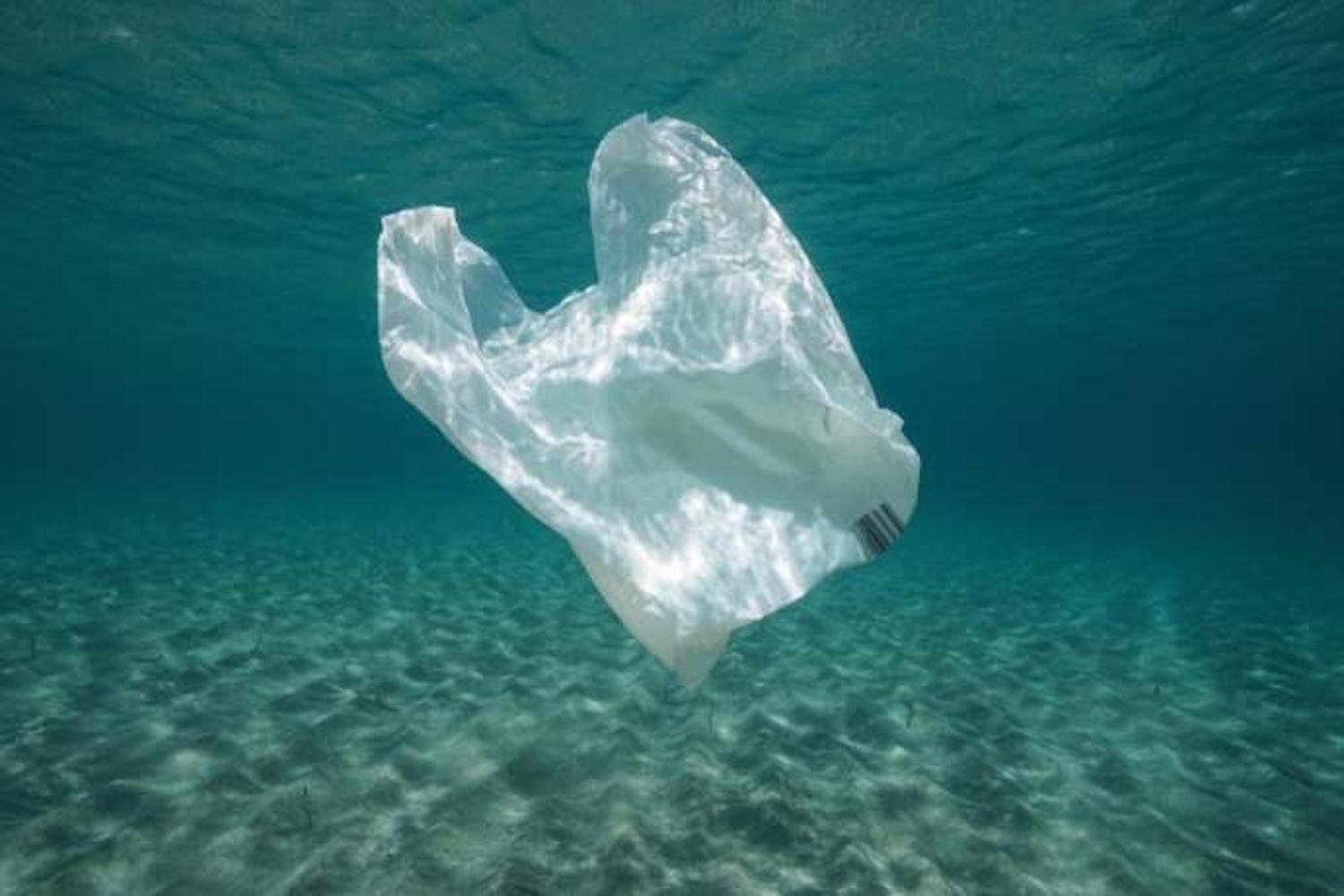New research shows plastic bag bans cut coastal debris by up to 47%. Study of 45,000 US beaches proves targeted policies work against marine pollution

Table of contents
Plastic bag regulations have significantly reduced the percentage of plastic bags among coastal debris, according to groundbreaking research that offers hope in the fight against marine pollution. It’s one of those rare environmental success stories that actually comes with hard numbers to back it up.
A comprehensive study published in Science demonstrates how taxing or completely banning plastic bags reduced their share of coastal waste by up to 47% compared to total debris collected between 2016 and 2023 along U.S. coastlines. The findings offer compelling evidence that targeted policies can make a measurable difference in our ongoing battle against plastic pollution.
The study’s methodology
Researchers from the University of Delaware and Columbia University took advantage of an impressive citizen science effort to conduct their analysis. They examined data collected by thousands of volunteers during coastal cleanups organized by Ocean Conservancy, covering approximately 45,000 beaches and riverbanks across the United States. It’s remarkable how community involvement can power serious scientific research.
The research team compared areas subject to plastic bag regulations with regions that hadn’t adopted any policies on the matter. What they found was encouraging: taxes or bans led to a 25% to 47% decrease in plastic bags relative to other types of debris in regulated areas.
But here’s where the study gets particularly interesting. The overall amount of plastic on beaches and riverbanks has unfortunately continued to increase during the study period. However, in cities and states where bans were in effect, researchers observed a smaller increase in plastic bags compared to other types of waste. This suggests the policies were working, even against the backdrop of rising plastic pollution overall.
Separating correlation from causation
Good science requires asking tough questions, and the research team wondered whether the reduction might simply reflect increased general awareness about plastic use, rather than the specific impact of bag policies. To test this hypothesis, they examined other types of plastic waste like straws and bottles in the same locations.
The results were telling: other plastic items didn’t show comparable reductions in areas with plastic bag bans. This strongly suggests that the decrease in plastic bags was indeed due to the targeted policies, not just broader environmental consciousness. It’s a crucial distinction that strengthens the case for specific regulatory approaches.
Policy approaches and their effectiveness
Unlike the European Union, which has adopted common regulations limiting plastic use – particularly through bans on non-compostable bags and requirements for biodegradable alternatives in industrial facilities – the United States lacks unified federal legislation on this issue. This patchwork approach actually created an interesting natural experiment for researchers to study.
Regulation is left to individual states, and currently only about ten of the 50 U.S. states have introduced restrictions or bans on plastic bag use, often supplemented by municipal ordinances. The study found that jurisdictions implementing comprehensive bans on all types of bags achieved the most effective results, with much more contained growth in environmental plastic presence.
Interestingly, state-level regulations appear to have more significant impact than local ones. This makes sense when you consider that plastic – especially the lightweight variety – can travel hundreds of miles (hundreds of kilometers), carried by wind or rivers and easily crossing administrative boundaries. A bag banned in one city might still end up on that city’s beach if neighboring areas haven’t adopted similar measures.
The broader plastic crisis
The massive global spread of plastic bags remains one of our most pressing environmental challenges. These seemingly innocuous items can take decades, if not centuries, to decompose completely, and during the process, they release harmful substances that damage numerous ecosystems. It’s a problem that spans generations, making current policy interventions all the more critical.
Over time, plastic bags break down into increasingly smaller fragments until they become microplastics – particles that are now found virtually everywhere. Scientists estimate that up to 40 million tons (36 million metric tons) of microplastics are dispersed into the environment annually, though figures vary significantly and remain difficult to determine with precision.
These microplastics have been identified in approximately 1,300 animal species, both terrestrial and aquatic, and have been associated with both physical damage – such as digestive tract obstruction – and chemical harm. Humans are also exposed to this risk, but scientific certainty about health effects remains elusive. Much depends on the quantity absorbed, particle size, exposure methods, and numerous other factors that are still poorly understood.
Looking forward
The study’s findings suggest that regulations on other single-use plastics would likely achieve similar reductions. This is perhaps the most encouraging takeaway from the research – that targeted policy interventions can work, even in our age of seemingly insurmountable environmental challenges.
As coastal communities continue to grapple with plastic pollution, this research provides valuable evidence that regulatory approaches can make a real difference. The key appears to be comprehensive, geographically broad policies rather than piecemeal local efforts. It’s a reminder that sometimes the most effective environmental solutions require coordination across political boundaries, much like the plastic pollution problem itself.
